A truncated quatrain is a form I have invented in an attempt to find some appropriate English form similar—for its brevity and single-mindedness in theme—to the Japanese haiku. They consist in four lines of iambic rhythm, following the scheme tetrameter, tetrameter, and pentameter. The last pentameter line is broken into two, with the caesura following the fifth, unaccentuated syllable. The rhyme scheme is a, a, b, a.
Rebellion
Once seven beetles in a row
Decided to no longer tow
_The line. Then one said:
__“One, and two, and… GO!”
On the Sea
An orient moon ascends in might
Astride the fading crimson light
_While westward sails my
__Wreckage toward the night.
Τι ζητειτε οι; or What are You Searching For? (John 1:38)
Good question! Wait. I’m thinking of
Fair fortune’s crown, or life above,
_Or ten more years, or…
__Wait! I think it’s love.
As the Years Go By
My life grows loud with sighs and moans
As on my ligaments and bones
_A pyre arises
__Of years as old as stones.
Blessed are the meek
Am I to be a famished beast
To devour the world as if a feast
_Laid at my feet, or
__Humbly eat the least?
On my 53rd Birthday
1.
So now, you say, they’re fifty-three
These years that have rolled over me?
_Well, mix some whiskey
__In my evening tea.
2.
Like waves, I have felt fifty-three
Cool years pile up on top of me:
_I, Titanic,
__Miles beneath the sea.
Fr. Bruce Wren, born in 1962 in the small town of Cottonwood, Idaho, current serves as Chaplain of the Chicago Chapter of the Lumen Institute, Section Director to the Chicago Regnum Christi Men’s section, chaplain to the Catholic Professionals of Illinois, spiritual director for many religious and lay people, and helps regularly at several parishes in the Chicago Diocese. He also devotes regular time to the feminine congregations of the Missionaries of Charity, the Little Sisters of the Poor, and the Rosary Hill Dominican Sisters. He has published one book of poetry, “Fending off the Dragon Fire”, available at Amazon.




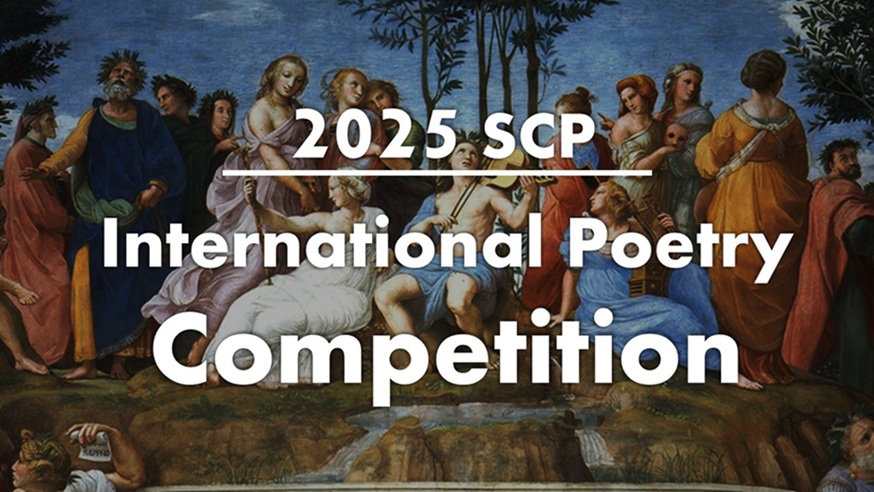

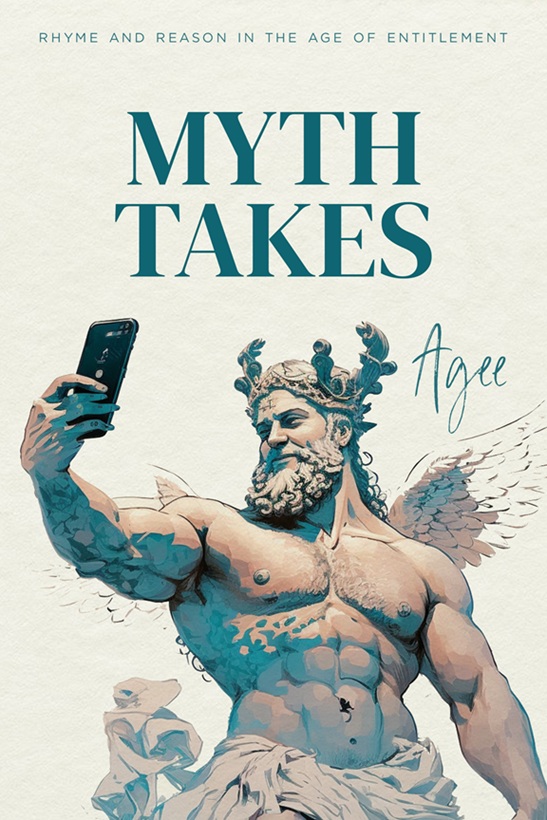
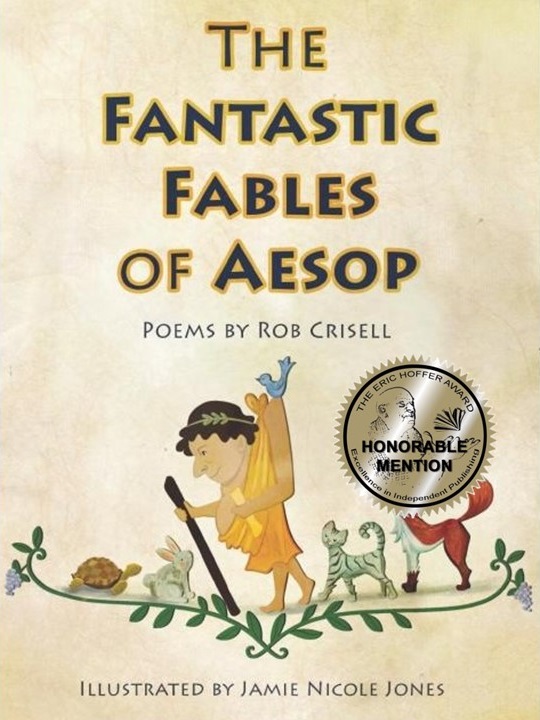
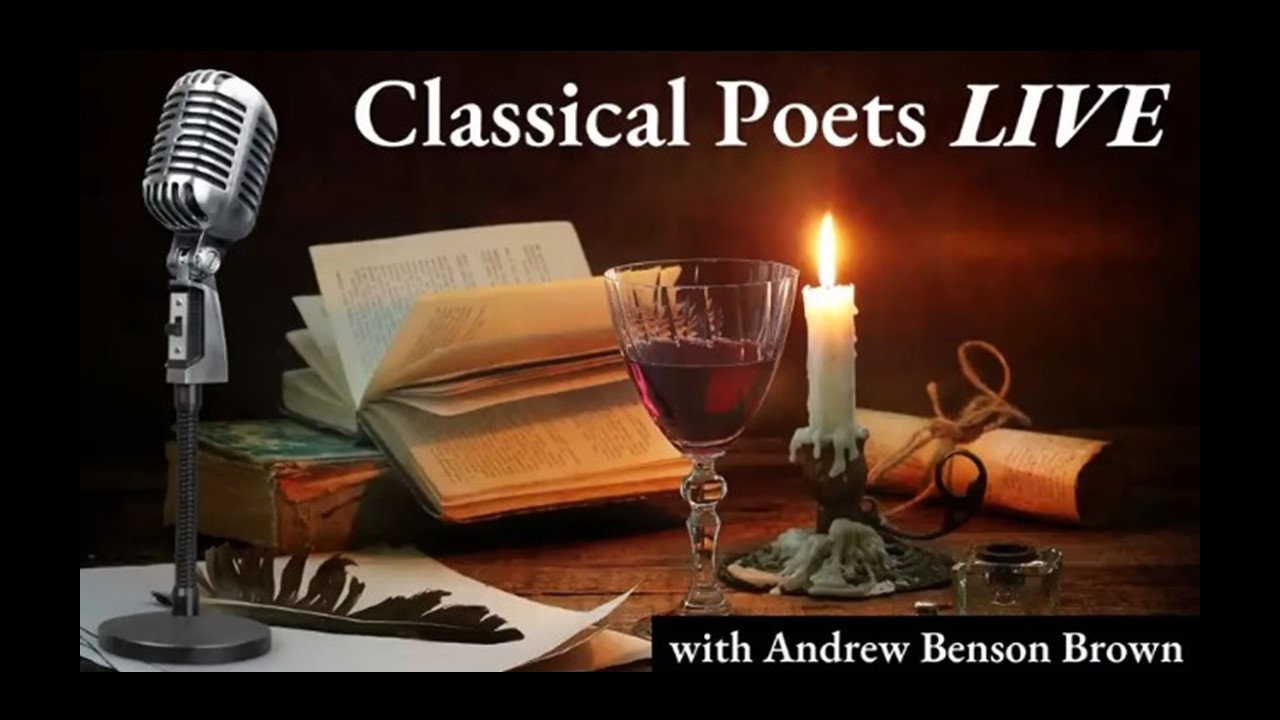

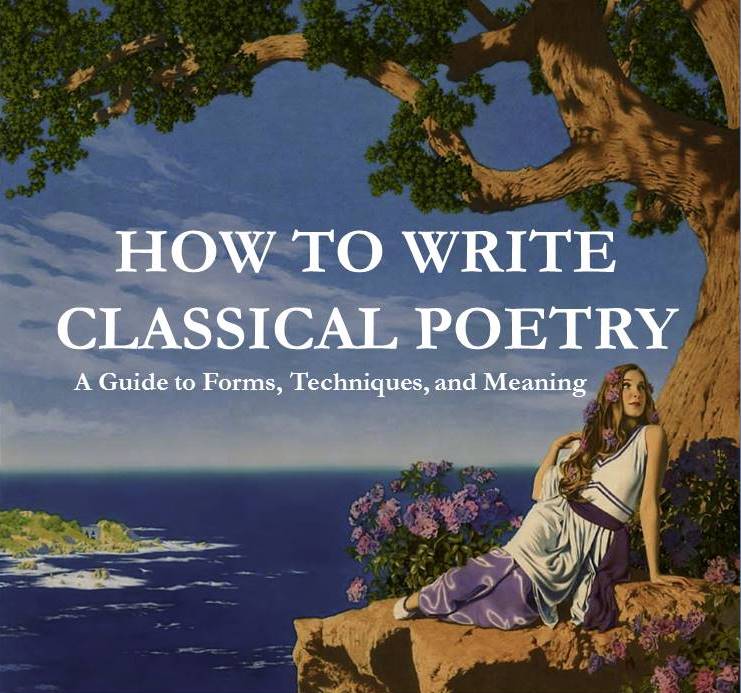




Very interesting verse form. I see a lot of potential in something like this. Thanks for showing it to us! And nice work, too!
Thank you!
Bruce, nonce forms come and go, and you should probably come up with weightier material if you want this one to stick around. The experts tell us that haiku (a syllabic form) only works in Japanese, and that American haiku should not be expected to follow the 5-7-5 format. So where does that leave you? Wherever you want to be. Follow your star, and it will lead you to where you need to go.
Since you have already gone to where you need to be, I will leave you with just a few critical comments:
In “Rebellion” the last word in line 2 should be “toe,” not “tow.” To toe the line means to place one’s shoes in the position dictated by a higher authority. I don’t know what it would mean to tow a line, unless one were fishing from a moving powered boat.
In “As the Years Go By” the pentameter line has too many syllables. Perhaps eliminating “Of” would help, but the idea is still rather vague. And what, pray tell, is a “pyre as old as stones?”
As with everything, the art is in the detail.
Mr. Anderson,
Thank you for pointing out the error on “tow/toe”: that one slipped by me unawares.
As for the indication concerning the extra syllable in the last line of “As the Years Go By”, I was aware of that, and I was quite sure someone would point it out. However, I stick to the principle that poetic form, though necessary and helpful, should not be a rigid straight-jacket, as the practice of so many of the old masters of classical poetry has shown time and time again. I do not believe it is necessary to give examples, as they are literally everywhere.
“Pyre” was meant, of course, as a metaphorical trope. I had hoped this to be obviously polysemic, and that the reader would pull from the trope that which most “echoed” in him or her (perhaps the sense of our aging being at the same time like being burned but also growing cold as stones, or rather our years piling up being like piling old dead stones one by one into a big pile, etc.). I suppose each reader can say if this worked or failed.
Finally, I was not hoping to imitate the Japanese haiku or its structure, since Japanese (I suppose – I don’t know it!) must be wildly different from English. I was simply looking for a short, terse form in English, with a classical accentual-syllabic structure.
. . . but why bother inventing a ‘form’ if you’re gonna wantonly and unashamedly break the rules of that ‘form’? I don’t get it. Why would one invent a form, and then write a poem in that form which isn’t in that form?
And when you say that you’ve found the practise of so many of the old masters “time and time again to be like a straight-jacket”; you should make it more clear that that’s just how YOU found them . . and not necessarily how others may find them. The straight-jacket’s in place for a reason; and any attempts to loosen it are normally made when one’s looking for a dose of convenience.
OK, Bruce, points taken. Your point about metrical license is something that has always bothered me. How on earth did the notion of iambic meter ever become established if no one ever actually practiced it rigorously? I try to do so myself because I can; other great poets, such a Richard Wilbur and Anthony Hecht can and do. This has always led me to mistrust the classical masters whose work is uneven in this regard. If pure iambic is just an impossible ideal, then why talk about it at all? Robert Frost’s “loose iambic” irks me, though somehow he makes it work. I am no Robert Frost, so I find it a good idea to be strict in regard to form.
The whole “pyre” thing, as you laid it out, seems over-complicated. I know that some stones are very very old, but I would view life as something more like a candle. A pyre brings to mind a king that is burned with all of his possessions, including his wives and concubines. So, even though I thought I knew what you were trying to do with this connection, I had to force it into a coherent image.
I didn’t mean to say that you were trying to imitate haiku. And if you are looking for a terse form in English, the couplet is available to all. Something a little longer? Well, I guess you’ve done that.
In two of my favourite Postmodernist poems, I think it is the metrical variety that is most interesting, as in Anthony Hecht’s iambic pentametre “Samuel Sewell” and Richard Wilbur’s “The Beautiful Changes”.
Note how the slight metrical variations coincide neatly with the meaning in line 2, for example:
“Samuel Sewall, in a world of wigs,
Flouted opinion in his personal hair;
For foppery he gave not any figs,
But in his right and honor took the air…”
Note the nice turns of phrase in the metrical variations of Wilbur’s opening stanza (which are followed approximately in his following stanzas):
“One wading a Fall meadow finds on all sides
The Queen Anne’s Lace lying like lilies
On water; it glides
So from the walker, it turns
Dry grass to a lake, as the slightest shade of you
Valleys my mind in fabulous blue Lucernes.”
Yes, I must agree. I believe it was Ezra Pound who once said: “Rhythm must have meaning”. Usually it is through metrical variation within a set, expected form, that gives it this meaning (analogically speaking, Mozart did this often with classical musical forms.) Nevertheless, I appreciate Mr Anderson’s humility in demanding of himself a rigorous application of strict iambic form. Perhaps we should be Frosts before permitting ourselves exceptions?
Really lovely work, Bruce and you are onto something with these truncated forms as an alternative to haiku. Personally, I have never rated haiku and regard it as inimical to real English poetry, partly because it cannot utilise the prime strength of the English language, namely, the iambic meter. That said, of course, there are always poets who something good with a form, however difficult the form is to wrestle with. But what you are doing reminds me of that great and forgotten American poet (from New York in fact) Adelaide Crapsey, whose Cinquain form is quite brilliant. Take, for example, her cinquain called Triad and see how the compresses just as powerfully as a haiku, BUT incorporate the iambic meter at the same time. The effect – as with some of your lines – is wonderful:
TRIAD
These be
Three silent things:
The falling snow…the hour
Before the dawn…the mouth of one
Just dead.
James, I don’t know how or where you found it, but that was one remarkable short poem.
Thank you, Mr. Sale. Appreciation from a serious poet like yourself is authentic encouragement. I am quite critical of my own efforts, but I still do like a few of these quatrains that I submitted.
Yes, CB, Adelaide Crapsey is an American poet who has been seriously overlooked. She died young at 36 of tuberculosis, and her life story, like a true poet’s, is heroic. She invented the cinquain form, and crafted some wonderful pieces in this form, which, unlike the haiku, goes with the grain of the English language. She was deeply interested in metrics and I believe lectured on it. To say she was a major poet is perhaps to say too much, but certainly she wrote exquisitely and she opened up avenues for other poets with her creation – something I feel Bruce Wren is building on in creating forms aligned with the English language’s metrical structure: his On the Sea, for example, gets that iambic ‘feel’ within the structure. Check out: Complete Poems and Collected Letters of Adelaide Crapsey. I am almost certainly going to be performing from her work in Bryant Park for the SCP on the 17th June – this month! Love to see you there CB and any other SCP poet – and FYI Michael Maibach, James B Nicola, Theresa Rodriguez and Mark Stone are going to be with me.